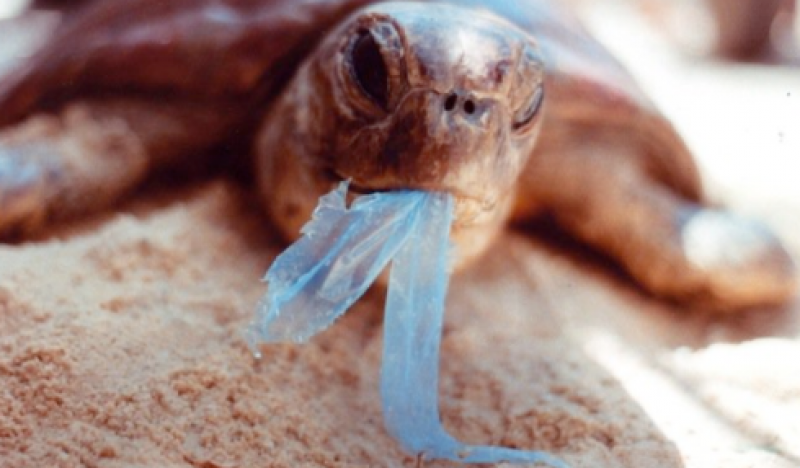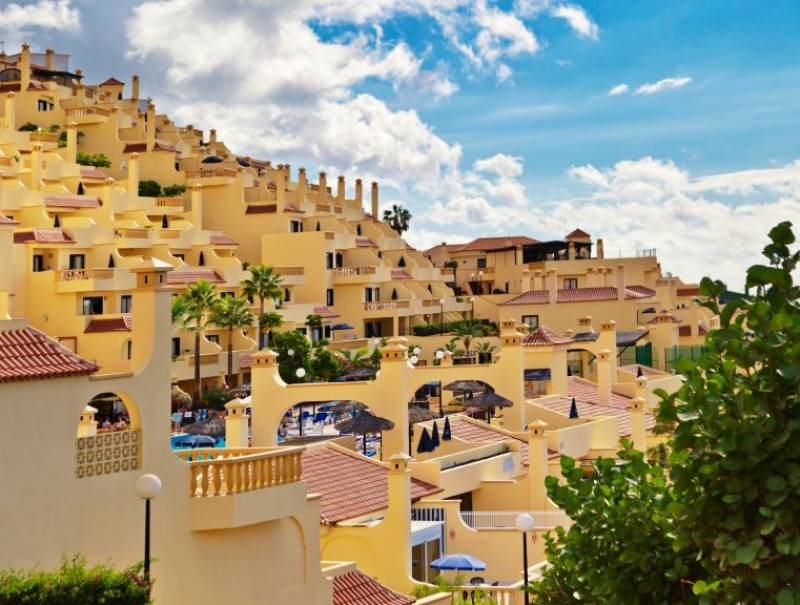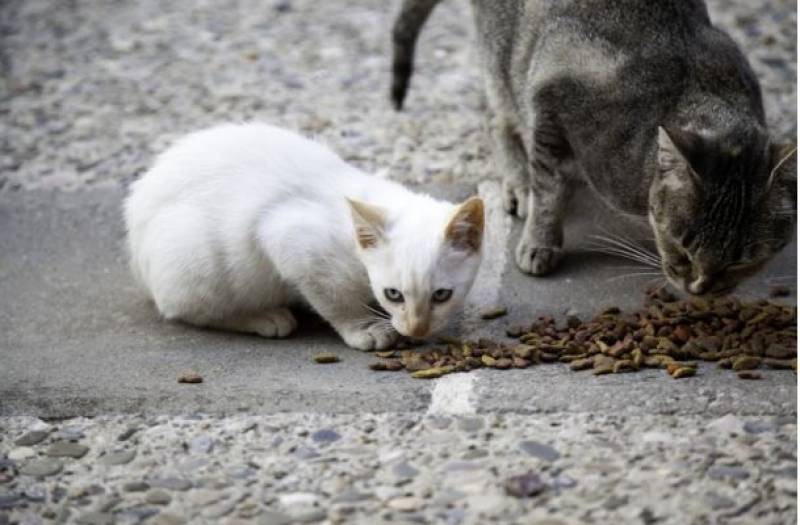- Region
- Águilas
- Alhama de Murcia
- Jumilla
- Lorca
- Los Alcázares
- Mazarrón
- San Javier
-
ALL AREAS & TOWNS
- AREAS
- SOUTH WEST
- MAR MENOR
- MURCIA CITY & CENTRAL
- NORTH & NORTH WEST
- TOWNS
- Abanilla
- Abarán
- Aguilas
- Alamillo
- Alcantarilla
- Aledo
- Alhama de Murcia
- Archena
- Balsicas
- Blanca
- Bolnuevo
- Bullas
- Cañadas del Romero
- Cabo de Palos
- Calasparra
- Camping Bolnuevo
- Campo De Ricote
- Camposol
- Canada De La Lena
- Caravaca de la Cruz
- Cartagena
- Cehegin
- Ceuti
- Cieza
- Condado de Alhama
- Corvera
- Costa Cálida
- Cuevas De Almanzora
- Cuevas de Reyllo
- El Carmoli
- El Mojon
- El Molino (Puerto Lumbreras)
- El Pareton / Cantareros
- El Raso
- El Valle Golf Resort
- Fortuna
- Fuente Alamo
- Hacienda del Alamo Golf Resort
- Hacienda Riquelme Golf Resort
- Isla Plana
- Islas Menores & Mar de Cristal
- Jumilla
- La Azohia
- La Charca
- La Manga Club
- La Manga del Mar Menor
- La Pinilla
- La Puebla
- La Torre
- La Torre Golf Resort
- La Unión
- Las Palas
- Las Ramblas
- Las Ramblas Golf
- Las Torres de Cotillas
- Leiva
- Librilla
- Lo Pagan
- Lo Santiago
- Lorca
- Lorquí
- Los Alcázares
- Los Balcones
- Los Belones
- Los Canovas
- Los Nietos
- Los Perez (Tallante)
- Los Urrutias
- Los Ventorrillos
- Mar De Cristal
- Mar Menor
- Mar Menor Golf Resort
- Mazarrón
- Mazarrón Country Club
- Molina de Segura
- Moratalla
- Mula
- Murcia City
- Murcia Property
- Pareton
- Peraleja Golf Resort
- Perin
- Pilar de la Horadada
- Pinar de Campoverde
- Pinoso
- Playa Honda
- Playa Honda / Playa Paraíso
- Pliego
- Portmán
- Pozo Estrecho
- Puerto de Mazarrón
- Puerto Lumbreras
- Puntas De Calnegre
- Region of Murcia
- Ricote
- Roda Golf Resort
- Roldan
- Roldan and Lo Ferro
- San Javier
- San Pedro del Pinatar
- Santiago de la Ribera
- Sierra Espuña
- Sucina
- Tallante
- Terrazas de la Torre Golf Resort
- Torre Pacheco
- Totana
- What's On Weekly Bulletin
- Yecla


- EDITIONS:
 Spanish News Today
Spanish News Today
 Alicante Today
Alicante Today
 Andalucia Today
Andalucia Today
article_detail
Date Published: 26/01/2023
ARCHIVED - Millions of sea snails invade the Mar Menor
The mollusc has travelled to Murcia from the Red Sea and is a serious threat to native marine species
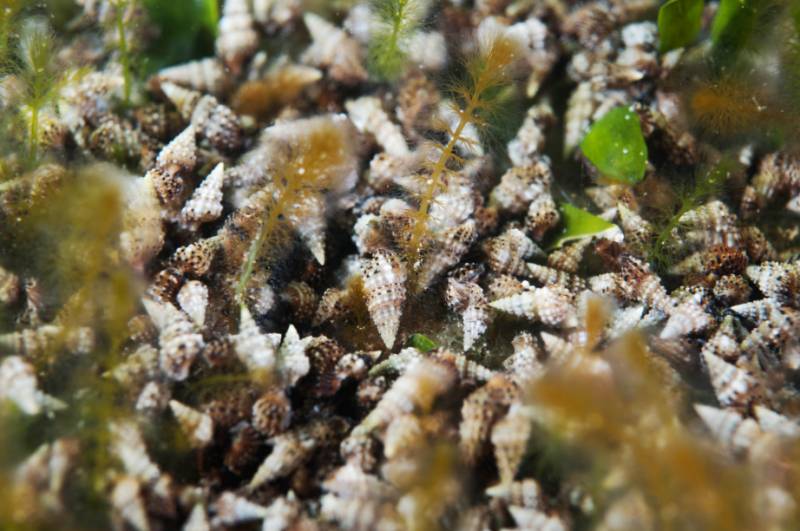
The bed of the Mar Menor is a flourishing habitat for countless animal species that usually live in harmony, adding to the diversity and beauty of this unique ecosystem. But it is also home to many non-native species, some unwittingly introduced by man and others which make their way to the Region through connecting waterways.
One such invasive creature is the cerithium scabridum conch, a small gastropod mollusc that has crossed two seas to reach the Mar Menor and has managed to adapt to the peculiar conditions of the lagoon. It is a prolific reproducer, and since it was first discovered in 2017 its population has gone from a small handful of individuals to numbering in the millions.
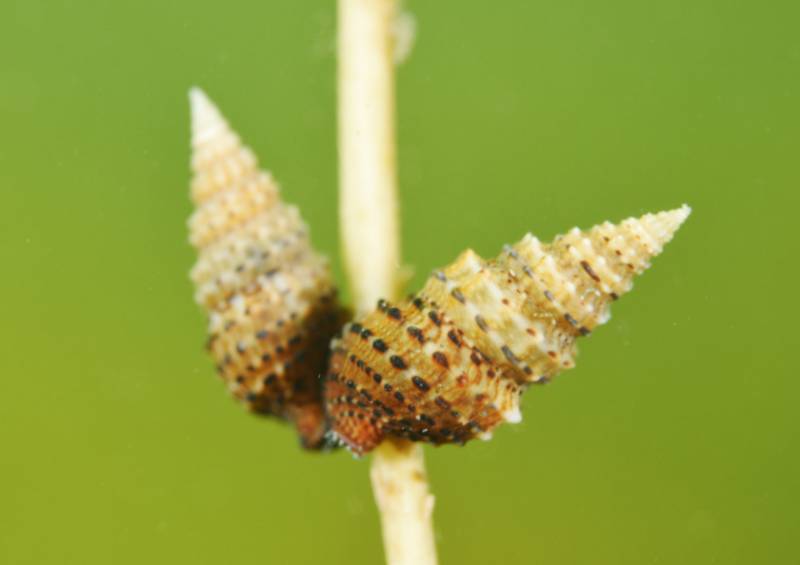 The conch is believed to have arrived in the Mar Menor after the Estacio channel was dredged and widened, a process which caused the salinity of the water to drop to similar levels as the Mediterranean. This access route has facilitated the entry of dozens of different marine species from as far as the Atlantic and the Red Sea.
The conch is believed to have arrived in the Mar Menor after the Estacio channel was dredged and widened, a process which caused the salinity of the water to drop to similar levels as the Mediterranean. This access route has facilitated the entry of dozens of different marine species from as far as the Atlantic and the Red Sea.“The closed waters of the Mar Menor have high salinity and eutrophication, with very different characteristics than the open waters” of the Mediterranean or the Red Sea, “which confirms the high adaptability of this species,” Barcelona scientist Joaquín López Soriano explained.
The trouble with this mollusc is that it displaces other native snails as they compete for food and living space, a similar situation which arose due to the arrival of the blue crab in the Mar Menor and of radiata pinctada, another species of snail which is believed to have first entered the lagoon on the hull of a boat.
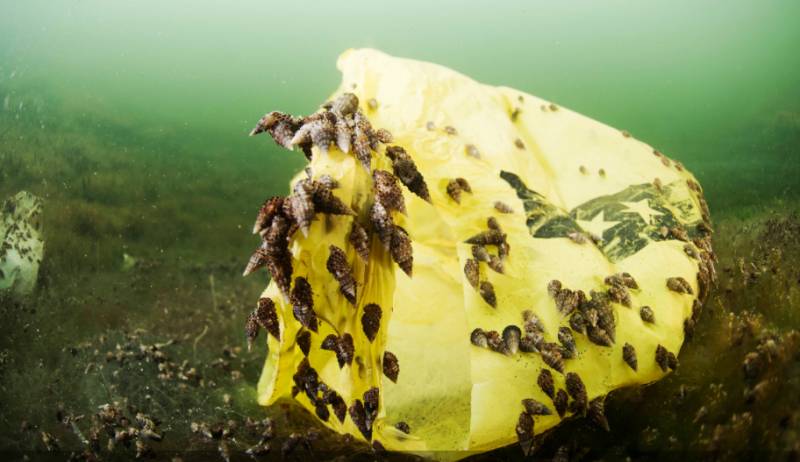
The shell of the cerithium scabridum is thin and ends in a point and has distinctive black spots, which easily differentiates it from its native cousins.
Scientists are closely monitoring the evolution of this invader to determine the impact it may have on other species of the Mar Menor.
Images: Canal Mar Menor
Loading
Contact Murcia Today: Editorial 966 260 896 /
Office 968 018 268




